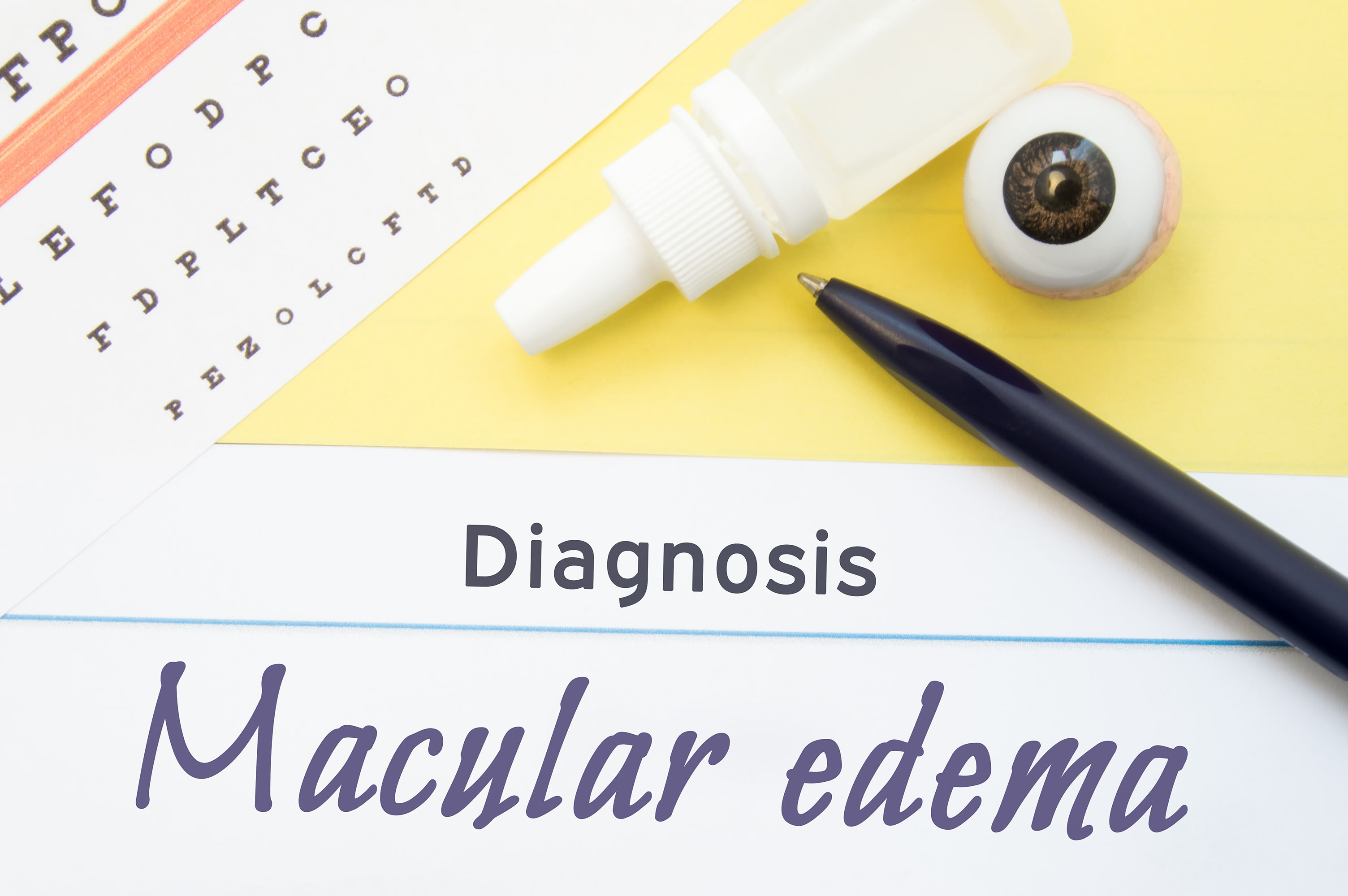When it comes to diabetes and eyes, every single part and tissue of the eye is affected. Poorly controlled diabetes and chronic high blood sugar levels cause diabetic macular edema which can lead to macular degeneration or macular holes, which can lead to permanent vision loss.
What is Diabetic Macular Edema?
Macula is a part of the retina. It is responsible for high definition color and detailed central vision. It is present in the center of the retina and is important for us in order to perform functions like reading, writing and to discern colors. It is yellow in color and has the ability to absorb UV rays of the sun and excess blue light. The macula contain other parts like the fovea that contain numerous rods and cones allowing for night and daytime vision.
Diabetic macular edema is a condition in which there is accumulation of fluid in the macula. This condition is caused due to leakage of blood vessels present in the retina.
How does Diabetes lead to Diabetic Macular Edema
High blood sugar levels over a period of time cause glucose toxicity. Toxic nature of excess glucose in the cells leads to neurovascular complications (complications of the blood vessels and nerves).
High amounts of sugars like sorbitol in the cells of the macula and retina causes major changes in their cells. The small blood vessels of the eyes are damaged and the nerves of those parts die away slowly. Over a period of time, cells of the macula and retina are deprived of oxygen and nutrients. This leads to leakage of blood vessels into the macula causing edema.
When existing blood vessels are damaged, as a preventive mechanism, new and fragile blood vessels are created. These new blood vessels cannot withstand the strain and leak fluid causing diabetic macular edema.
Risk factors for Diabetic Macular Edema
- Age of diabetes
- Excess hypertension.
- High cholesterols.
- Poorly controlled diabetes with high HbA1c levels.
- People with fluid retention in the body.
- Lower levels of protein in the body.
Symptoms of diabetic macular edema
- Blurry vision.
- Floaters in front of the eye.
Diabetic macular edema is diagnosed with tests like ophthalmoscopy, dilated eye exam, and optical coherence tomography. Diagnosis of diabetic macular edema is confirmed with the presence of lipoproteins in the macula, presence of circinate rings and thickening of the macula.
Prevention of Diabetic Macular Edema
- Tight glycemic control. Control over blood sugar levels helps prevent this condition.
- Controlling hypertension.
- Normalizing cholesterol levels.
- Reduction of weight to normal BMI.
- Diet restrictions with less salt intake and lesser LDL foods.
- Moderate exercise in order to control blood sugar levels.
- Periodical eye examinations.











